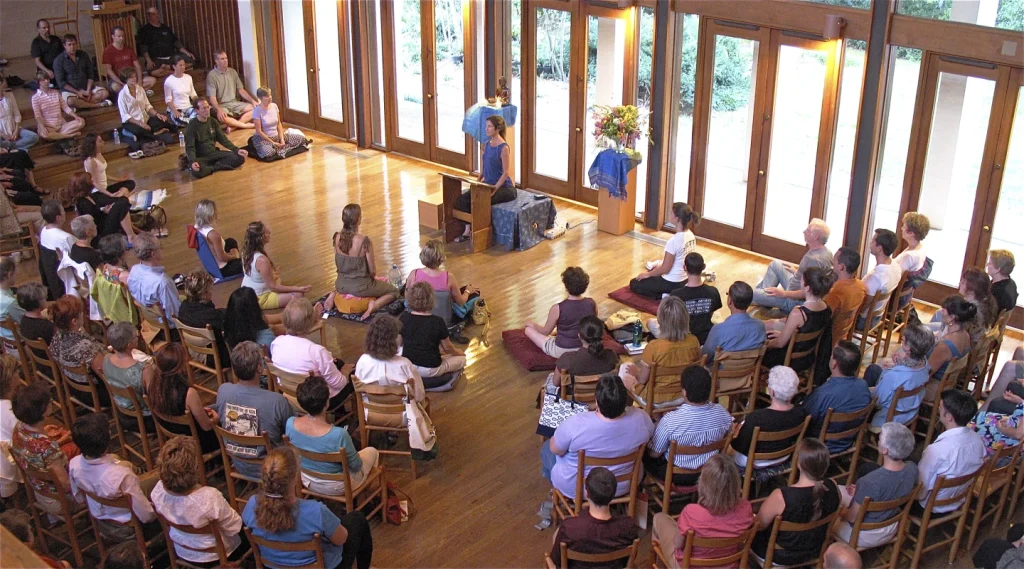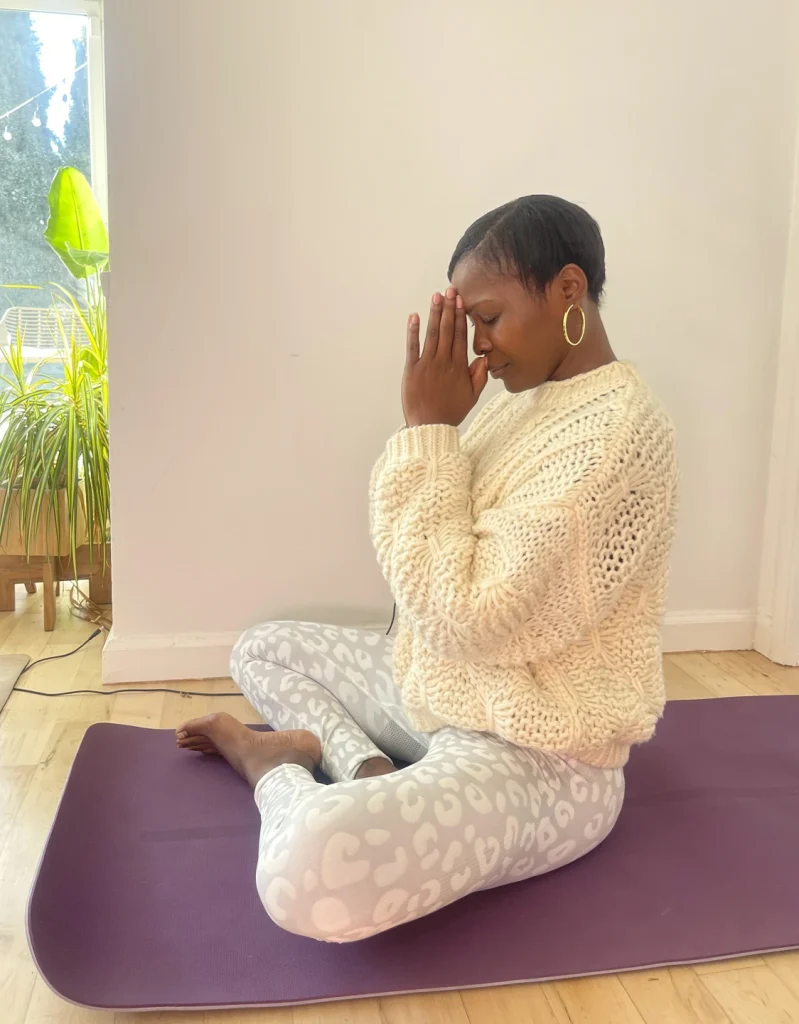In the bustling world of today, where time seems to slip through our fingers like sand, the concept of meditation often appears as a distant and unattainable practice.
Yet, as Marcelle Hutchins discovered, the journey towards a meditative state can be transformative, even for the most restless and time-strapped individuals.
Hutchins’ initial struggle with meditation, as a busy radio journalist, mirrors the common experience of many who attempt this ancient practice for the first time.
However, her perseverance and eventual success in embracing meditation not only changed her own life but also serves as a beacon of hope for others seeking solace and self-discovery in the chaos of modern life.
The story of Marcelle Hutchins is not just a tale of personal growth but also a testament to the profound benefits that a daily meditation practice can bestow upon individuals.
Research has shown that meditation can significantly reduce anxiety, enhance overall well-being, and foster deeper social connections. The key to unlocking these benefits lies in overcoming the initial hurdles that often deter individuals from continuing their meditation journey.
Common misconceptions, such as the belief that one must silence the mind or achieve a state of complete stillness, can be barriers that prevent individuals from fully embracing the practice.
Tara Brach, a renowned meditation teacher with a background in psychology, emphasizes that meditation is not about suppressing thoughts but rather about observing them with a sense of detachment.
By recognizing that the mind naturally generates thoughts, much like the body produces enzymes, individuals can begin to cultivate a sense of mindfulness and awareness that transcends the constant chatter of the mind.

This shift in perspective allows for a deeper connection with the present moment and a greater sense of inner peace.
One of the fundamental principles that Brach advocates is the idea that there is no one “right” way to meditate. The practice of meditation is highly individualized, and individuals are encouraged to explore different techniques and find what resonates best with them.
Whether it involves focusing on the breath, listening to guided recordings, practicing body scans, or repeating affirmations, the key is to find a method that allows for relaxation and presence in the moment.
Meditation can be practiced in various settings, whether sitting on the floor, in a chair, or even lying down. The simple act of tuning into the present moment can pave the way for a deeper understanding of oneself and the world around us.
As individuals embark on their meditation journey, it is essential to approach the practice with an open mind and a sense of curiosity. Rather than viewing meditation as a daunting task that requires perfection, it should be seen as a gentle exploration of one’s inner landscape.
By letting go of preconceived notions and embracing the fluidity of the practice, individuals can tap into a wellspring of peace and clarity that lies within.
In conclusion, the story of Marcelle Hutchins serves as a reminder that the path to meditation is not always smooth or linear.
It is a journey filled with ups and downs, moments of clarity and moments of distraction. Yet, through perseverance and a willingness to try again, individuals can unlock the transformative power of meditation in their lives.
By embracing the present moment and cultivating a sense of mindfulness, individuals can embark on a journey of self-discovery and inner peace that transcends the chaos of the external world.
Meditation, with its myriad benefits and profound implications, stands as a beacon of hope in an increasingly frenetic world, offering a sanctuary of calm amidst the storm.
Achieving a state of mindfulness and inner peace through meditation is a journey unique to each individual. As the renowned author Tara Brach emphasizes, there is no fixed standard when it comes to the duration of meditation sessions.
The key lies in setting achievable goals that align with your personal capacity and circumstances. In the words of Brach, “You can customize it to who you are.”
Commencing your meditation practice with a realistic goal is essential. Starting with an amount of time that you can comfortably manage without feeling overwhelmed is crucial.
This might mean beginning with just a few minutes, as suggested by John Mitchell, an expert in psychiatry and behavioral sciences at Duke University. The focus should be on integrating meditation into your daily routine and emphasizing the quality of the practice over its duration.
Inevitably, distractions will arise during meditation. It is essential to acknowledge these distractions without judgment and gently guide your attention back to the present moment.
Tara Brach advises approaching restlessness with curiosity rather than criticism. By exploring the sensations of restlessness and taking a deep breath, you can gradually cultivate a sense of calm and focus.

If restlessness becomes too intense, Mitchell recommends engaging in a slow, meditative walk. By staying attuned to your surroundings and sensations, you can continue your practice in a more dynamic manner.
The key is to remain alert yet composed, allowing yourself the flexibility to adapt your practice to suit your needs.
Consistency is paramount in reaping the full benefits of meditation. Just like physical exercise, regular practice is essential for long-term growth and development.
While the prospect of consistent practice may seem daunting, Tara Brach encourages individuals to experiment with different meditation styles to find what resonates best with them. Fortunately, there is a wealth of free resources available online, making meditation accessible to all.
In conclusion, embarking on a meditation journey is a deeply personal and enriching experience. By setting achievable goals, approaching distractions with curiosity, and exploring different meditation techniques, individuals can cultivate a sense of inner peace and mindfulness. Remember, the path to self-discovery and tranquility begins with a single breath.
